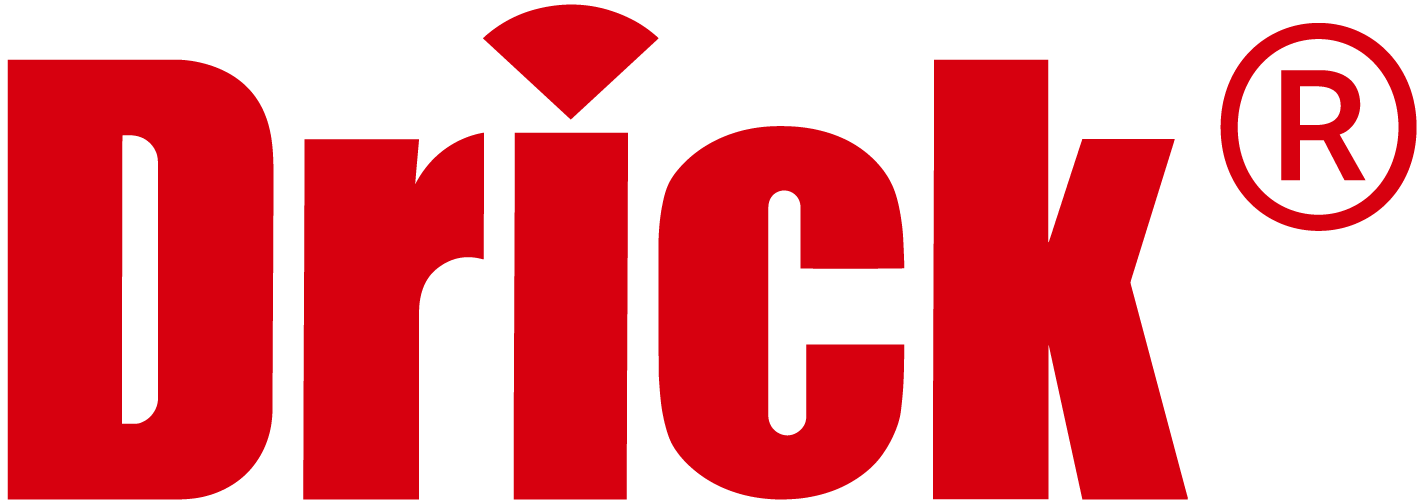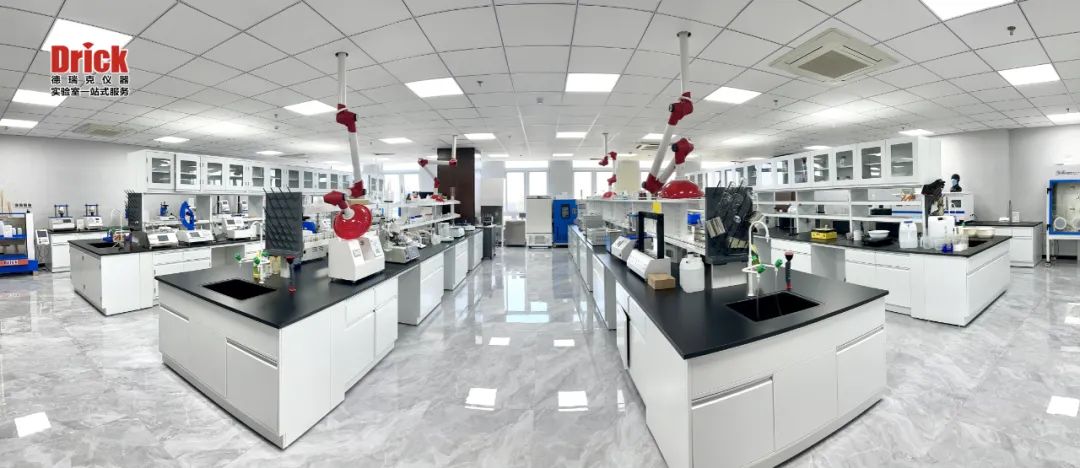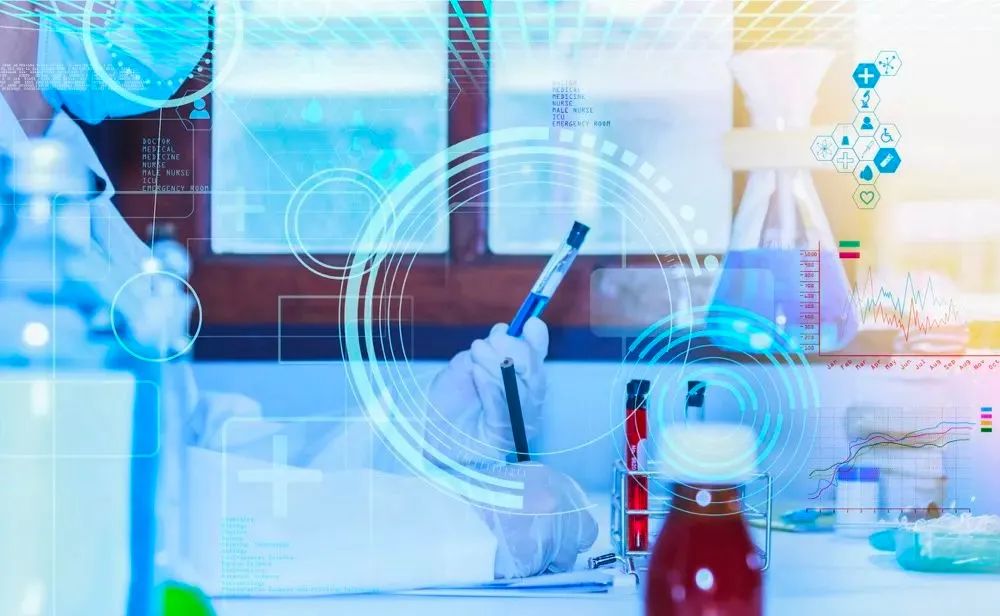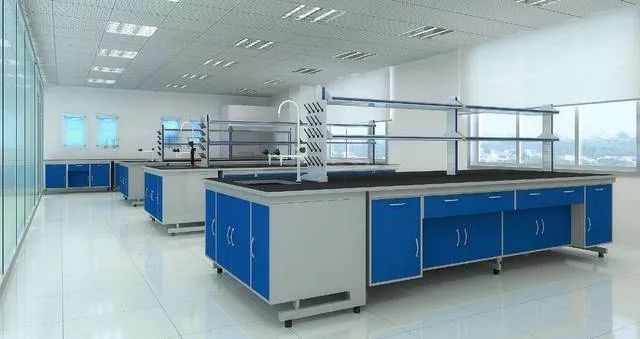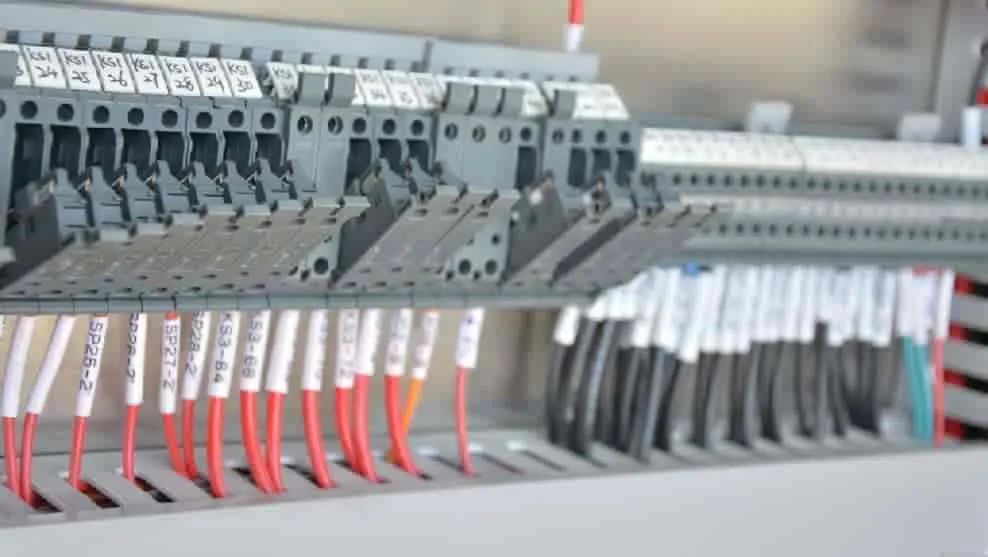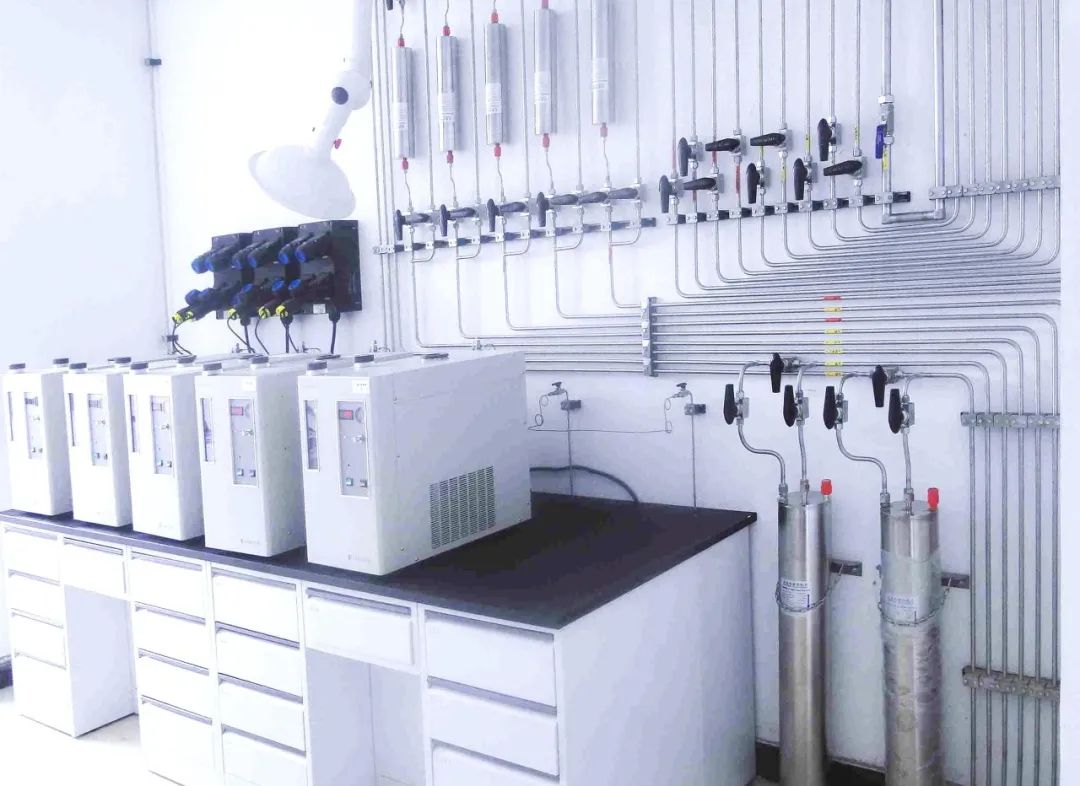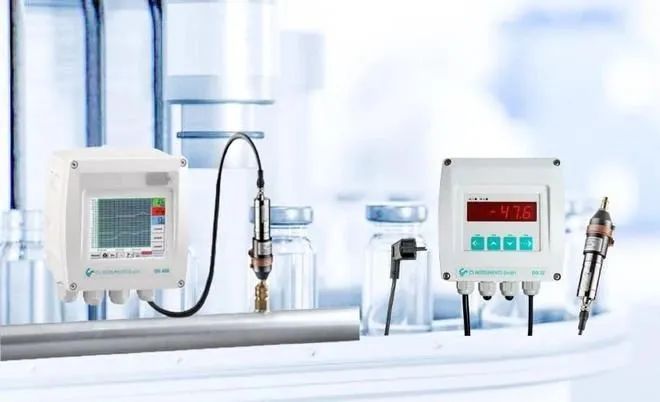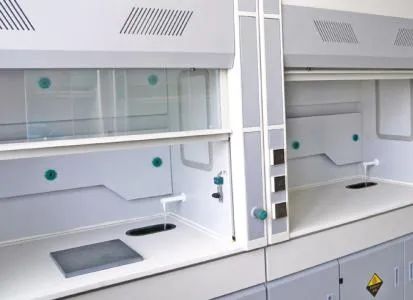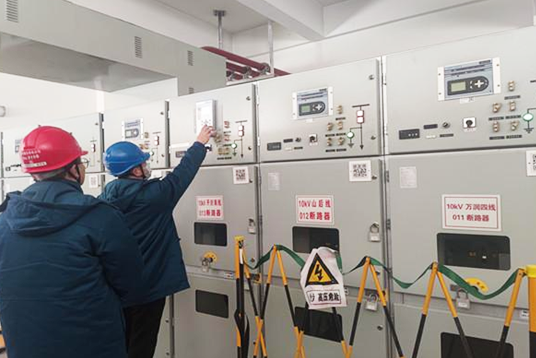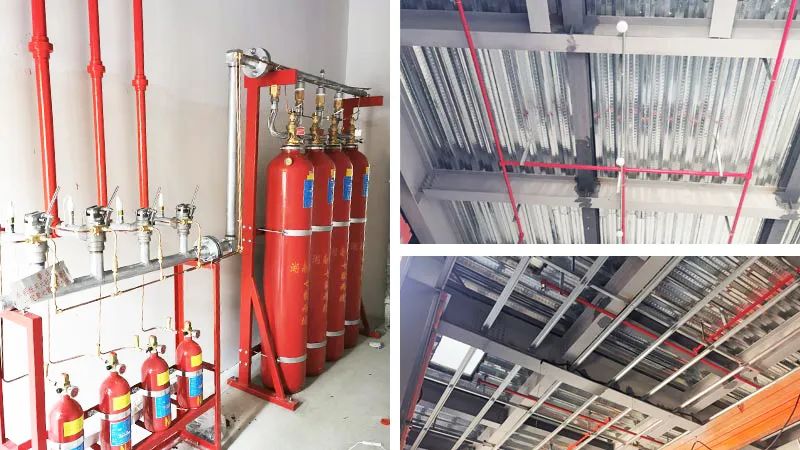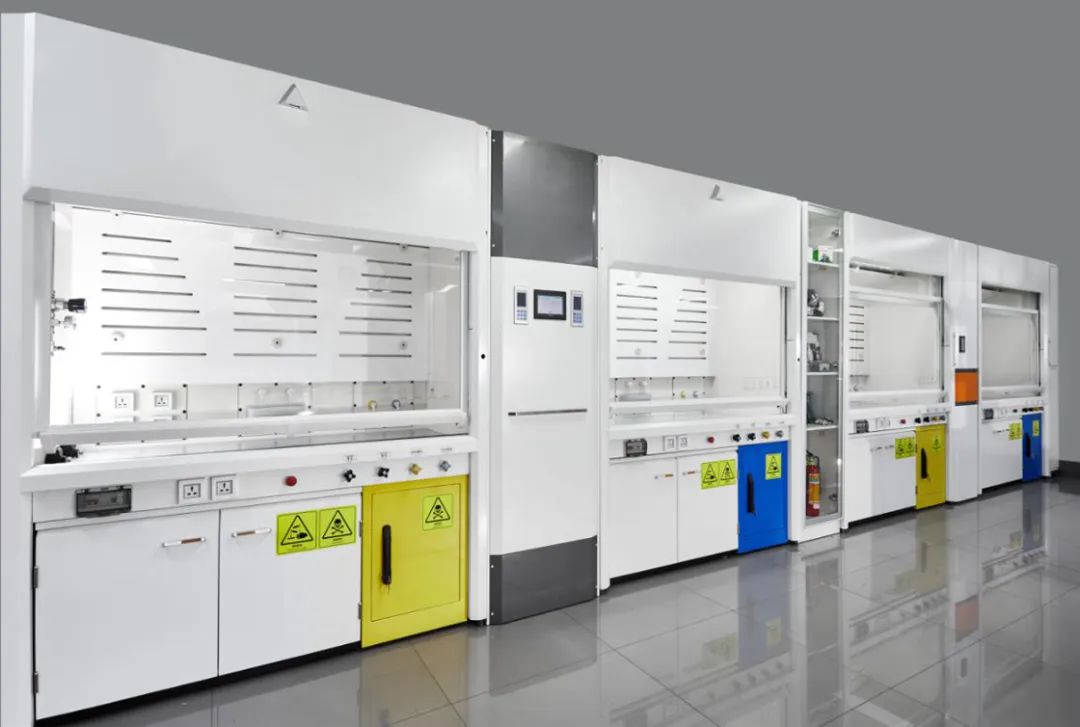Abide by a principle
Adhere to one principle: adhere to the principle of practicality. Practicability is the basis to ensure the normal and effective development of quality testing work, and the loss of practicability will lose the value of the existence of the laboratory. For example, the laboratory of a grease enterprise, respectively set up a balance room, titration analysis room, thermal room and other functional areas, the ground is solid wood flooring, the wall is high-grade wallpaper, the ceiling is the ceiling, you can see how high-grade its decoration. Although the input cost is high, it is not practical. The heating test in the detection process is carried out in the room equipped with floor, wallpaper and ceiling, which is not conducive to fire prevention and security risks. Such a high investment of careful decoration has increased the cost of laboratory construction and decoration, and the use effect is not ideal, and does not reflect the “practicality” of the laboratory. Therefore, in the process of laboratory construction, priority should be given to “practicality”. The picture below is a display of DRICK Laboratory.
Follow four philosophies
1. Functional concept
It is necessary to classify the inspection equipment according to the different inspection items, form several areas that can carry out different inspection items at the same time, give each area a certain functionality, and maximize the specific functions that each area can independently complete. If two or more unrelated detection items are detected in the same detection area, and there is interference between each other during the detection process, then this indicates that the function of the detection area has not been reasonably allocated.
For example, in a laboratory, the balance room is adjacent to the crushing equipment room, although it is a relatively independent area, but the vibration generated by the crushing equipment will still adversely affect the measurement effect of the balance. It is necessary to fully consider the respective functions of the balance room and the crushing equipment room, and according to their functions, the function of each area of the laboratory is allocated.
2. Security concept
According to the different inspection items, the danger degree of each area should be divided in order from low to high. The storage area of strong acid, strong alkali, toxic, flammable substances and high pressure devices should be set in the high danger zone, away from the office area; For other dangerous substances and equipment set in the danger zone; The area with the lowest level of risk is the safest area closest to the office area. The laboratory shall implement the access system for each risk level area and determine the responsibilities of the personnel entering each area.
3. Economic concept
The laboratory should fully consider the frequency of use of equipment and facilities, avoid waste of area and space, and reduce protection costs.
4. Expansion concept
The laboratory should fully consider the extensibility of the function, and be forward-looking in the construction concept of the laboratory. The laboratory should be pre-planned for future development, leaving room for expansion, and can be functionally contracted or expanded on the basis of existing regional functions. With scalability, on the one hand, it is convenient for the laboratory to carry out new detection projects and improve detection capacity; On the other hand, it can effectively reduce the cost of laboratory function expansion.
Improve the eight major systems
1. Water supply and drainage system
The setting of the water supply and drainage system should fully consider the actual situation of the laboratory, scientifically design the installation direction of the water supply and drainage pipeline in the laboratory, and try to avoid the pipeline from passing through the wall of the room that does not need water supply and drainage.
The laboratory should determine the location of the water intake according to the function of each region, and reserve the corresponding location for the water supply and drainage network when the laboratory is decorated.
The intake of domestic water and testing water must be separated, to ensure that domestic water and testing water pipelines are relatively independent, to avoid mixing, especially to ensure that domestic water is not contaminated by chemical reagents.
It is necessary to avoid direct discharge of testing water, and to have harmless treatment measures or devices for wastewater containing toxic, strong acid, strong alkali, flammable and explosive materials. Ensure waste water discharge standards, meet environmental requirements.
2, weak current system
Weak current is one of the most commonly used energy sources in the laboratory, covering most areas of the laboratory. The weak current system includes: lighting, power distribution and communication system in each detection area.
The laboratory should scientifically wire the weak current system, and the wiring should meet the relevant specifications for weak current construction, and the weak current main switch should be set in each relatively independent detection area, so that the detection personnel can take timely power off measures in the event of an emergency. Therefore, the power switch should be easy to operate, do not lock, but there must be a safety sign.
Power supply terminal socket should be selected through 3C certification of qualified products, not through 3C certification, product manufacturers and technical parameters are not clear products, even if the price is cheap, but there is no security, can not be used for laboratory power supply terminal. The cost of safety risk after use is much higher than the value of the product itself.
The interface of the communication terminal should be reserved for each test room to facilitate the network transmission of test data and information.
3, high pressure gas supply system
Laboratory high-pressure gas supply system mainly refers to the high-pressure cylinder gas supply device in the laboratory.
High-pressure gas cylinders should be classified and kept, fixed vertically, placed in a dry, well-ventilated, cool place, away from corrosive substances, avoid open flame and other heat sources, prevent direct sunlight, and the temperature of the warehouse should not exceed 30℃. Do not store high-pressure gas cylinders in basements or semi-underground chambers to prevent moisture and rust. The warehouse shall be equipped with the corresponding varieties and quantities of fire fighting equipment. The power switch of the lighting and ventilation equipment in the warehouse should be located outside the warehouse.
Taking hydrogen high-pressure cylinders as an example, the nominal working pressure is generally 15MPa, so it is strictly prohibited to knock during operation and avoid vibration as far as possible. Avoid high pressure cylinders and installation tools contaminated by oil substances, pressure gauge to be dedicated, installation screw to tighten, hydrogen pressure gauge is reverse thread, installation and disassembly should pay attention to prevent damage to the thread.
4, temperature control system
The laboratory should pay attention to the influence of temperature and humidity on the test work, and set up heating and cooling air conditioners in key areas to adjust the temperature of the test room to achieve the environmental conditions required by the test procedures. It is necessary to pay attention to improving the storage temperature and humidity regulation of drug storage, sample storage and high-pressure gas cylinders to ensure the safety of drugs, samples and high-pressure gas cylinders.
5. Ventilation system
In addition to strict and effective control of temperature and humidity, a laboratory that meets the standards also needs a set of ventilation system to obtain sufficient ventilation to treat and discharge the dirty air generated by the laboratory. The key areas for setting ventilation equipment are pharmaceutical warehouses, sample warehouses and testing areas.
6, high voltage power supply system
Although there are not many high-voltage equipment that need to be used in food laboratories, such as high-temperature furnaces, some models of distilled water, etc., the safety can not be ignored. The construction of high voltage power supply system should fully consider the compatibility with the environment. The high-voltage power supply should be far away from the water supply and drainage network, far away from the high-pressure gas supply device, and the safety protection device in the detection area should be set up.
7. Fire protection system
Standardized fire protection system is an important measure to ensure the safety of the laboratory, to have a complete safety accident prevention measures, and cover every functional area of the entire laboratory. Emphasis is placed on thermal and high voltage, power supply areas.
The construction and interior decoration of the laboratory should adopt fireproof materials that meet the fire rating, and set up indoor fire fighting facilities such as hydrants and fire pumps.
If possible, the laboratory should purchase a fire alarm device. Make sure the emergency evacuation route is clear.
8. Environmental protection system
Environmental protection system mainly refers to the detection of waste water, waste gas and solid waste and noise treatment and drug reagent storage in the hazard monitoring.
The laboratory shall set up appropriate facilities for the harmless treatment of waste water, the filtration and discharge of smoke and dust, the classified management and recycling of harmful solid waste, and the proper disposal of waste under strict control so that it can meet the requirements of environmental protection.
Post time: Nov-08-2024
